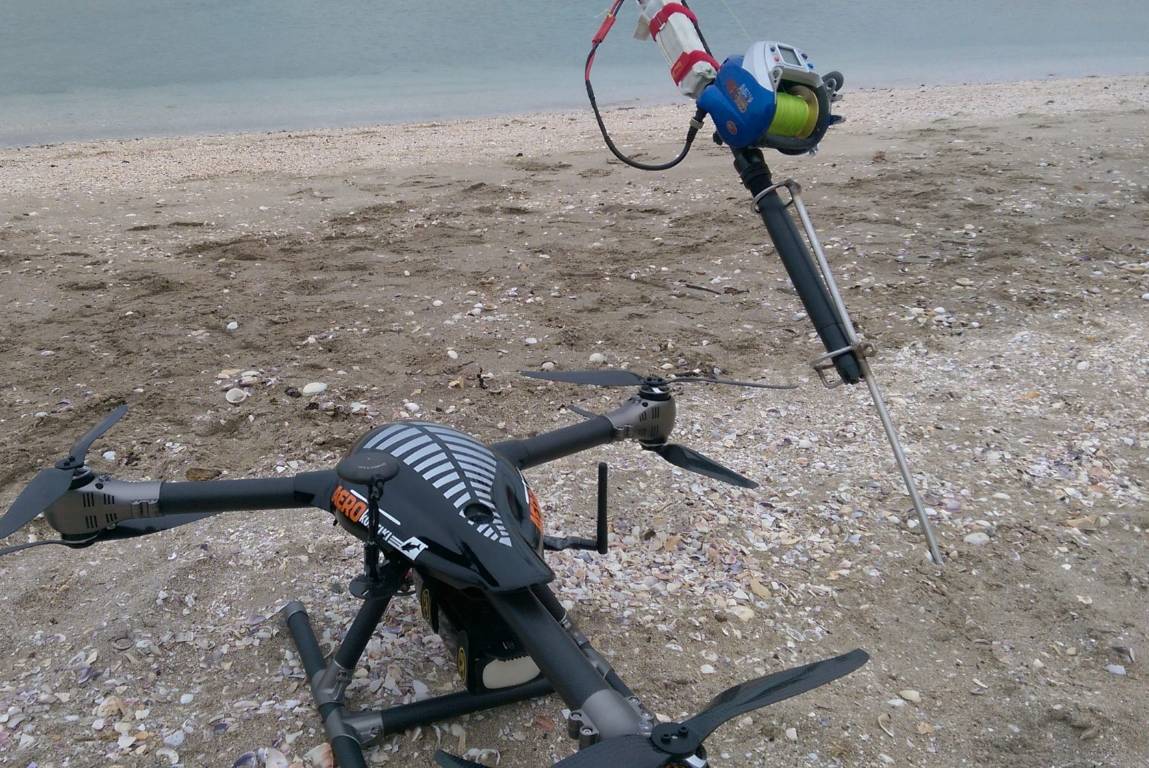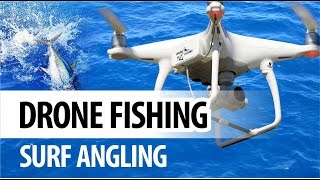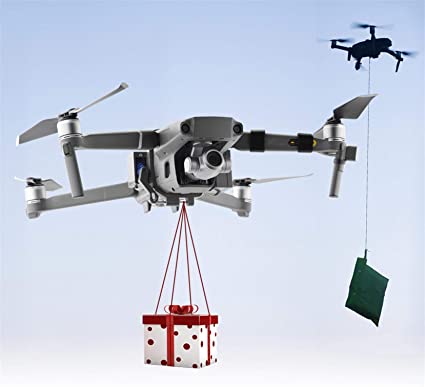
New Zealand has a new style of fishing: drone fishing. This new method uses the most recent drone technology, opening up new possibilities for fishing. Drone Fishing NZ has a number of top retailers that can sell you a DJI or Splash drone. Splash drones, GoFish cams, and custom-built fishing gears are all available.
Aerokontiki Drones
For a better picture of what you're doing, try a fishing drone like the Fishhawk, a product of Sharkan. The stabilized camera takes 12-megapixel photos and 4k UHD movies at 30 frames per minute. You can even view the videos on your smartphone. You can view the videos on your smartphone with a spare battery and a flight time of up 23 minutes.
Mobula
Mobula's drone was specifically made for fishing. The drone's buoyancy and IP56 rating means it can withstand winds up to 20 km/h. It also includes safety features such an automatic return home, automatic release of payload, and three release methods. Your drone will automatically return back to the water when its battery goes flat. This means you won't have any worries about it getting lost.
Banks'
The popularity of fishing drones has increased, drawing the attention of anglers as much as those who are interested in it. The downside to using a drone is its potential hazards. A drone is not designed to fish in deep water. The second problem is when the drone crashes again in the same spot. The video footage you receive can be questioned and you shouldn't trust it.

SplashDrone 4
Swellpro created the SplashDrone 4 waterproof drone with a new floating platform. It's ideal for fishing parties, all kinds of water activities and is made from corrosion-resistant materials and high-quality ABS to withstand any conditions. Smooth+ technology, which is a patented SplashDrone 4 flight control system, allows the user to have complete control of the drone. This helps it stay stable in any condition. The drone's advanced technology allows it capture every angle and every moment in the sky.
Drones for Fishermen
A New Zealand Fisherman Drone Fisherman is in for a real treat. For drone fishing enthusiasts, snappers are highly prized. Snapper are also beautiful and delicious to catch. These fish are often found near the North and South island coasts. They often congregate during the springtime when they spawn. These fish can also be caught during the summer months as they are abundant in the autumn.
Flying a drone
You should be aware of the following guidelines if you are planning to fly a drone in New Zealand for drone fishing. The law is the first thing you need to know. It's illegal to fly a drone over any marine life or within 500 meters of a marine mammal. Be aware of your surroundings, and you won't want to lose your expensive drone.
Payload for a drone
You can get a drone for fishing, but what you must be aware of is the payload. You will need to find a drone with a payload capacity to carry heavy fish and enough endurance to fly for a long time. If you're only going to use your drone for a few minutes, you'll probably catch too few fish to make the experience worthwhile. New Zealand's drone fishing technology has advanced.

FAQ
Can I fly my drone indoors
Yes, you can fly your drone indoors. Your home must be free of hazards and obstacles. Avoid flying near windows, doors and heating vents.
Is it legal to fly a drone in the United States?
Flying drones is an offense in certain countries, including Australia, Canada, Germany and Japan. It is however legal in many other countries such as France.
Can someone spy on you with a drone?
Anyone can spy on you with a drone. You can protect yourself against drones by being aware of them and avoiding areas where they might fly. You should immediately call 911 if you see a drone fly around.
Which US states make drones legal?
You can legally fly a drone for personal use. The Federal Aviation Administration (FAA), has established guidelines that allow the use of small unmanned aircraft systems (UASs). Before UASs can be flown, they must be registered with FAA. Commercial operators can also fly these devices provided certain conditions are met by the FAA.
Where Are Drones Banned?
The FAA has banned drones from flying near airports, stadiums, sporting events, nuclear power plants, hospitals, prisons, and other restricted areas. However, they allow them to fly nightly using GPS technology.
Statistics
- According to industry research from ZipRecruiter , there are 10 cities where the typical salary for a Drone Pilot job is above the national average. (dronesgator.com)
- According to Indeed, a drone pilot gets paid $25.73 per hour on average in the US. (dronesgator.com)
- According to ZipRecruiter, the minimum hourly wage of drone pilots is $20. (thedroneu.com)
External Links
How To
How to Fly Drones with Beginners
A drone is a remote-controlled aircraft used for aerial photography, cinematography, surveillance, scientific research, and hobby purposes. Drones are a technology that has been around since World War II. DJI's Phantom series quadcopters were first commercially available in 2010. There have been many drones made since then. These range from beginner-friendly drones like Parrot AR Drone 2.0 to more advanced multi-rotor craft like DJI Mavic Pro.
There are many methods to fly a Drone, including
-
Remote control: This uses a remote control device that attaches to your hand and allows you control the drone along its flight path. There are two main types: Joysticks (like a radio), and On/Off switches (like an alarm clock).
-
Manual Control – This allows remote operation of the drone via GPS coordinates using a smartphone application. The app will provide instructions and help you to locate the drone.
-
Autonomous Flight – This is when the drone handles all the piloting tasks. It is basically flying autonomously and without human intervention. To enable autonomous flight, the drone should have a built in camera and sensors capable recording images and data.
-
Triggered Flight: This is similar in concept to manual control. The pilot manually creates a route and the drone then follows it until it reaches that endpoint. After the preprogrammed route is complete, the drone will automatically land and return to its base.
-
Landing Gear – A few drones come with landing gear. This allows them land safely in the event of losing power or running out of battery.
-
Goggles-Some pilots use goggles to protect their eyes from debris during operations.
-
Camera - Certain drones come with cameras that allow you to take photos and videos from high above.
-
Obstacles – Some drones have obstacle avoidance systems that stop them from colliding with obstacles.
-
Speed - Some drones can reach speeds of over 40 mph.
-
Battery Life - Most drones last between 20 and 3 hours depending on how much power they have.
-
Distance - Some drones can travel up 30 miles depending on the model.
-
Power source - Some drones need an external power source, while others use internal batteries.
-
Weight - Some drones weigh less than 1 pound, whereas other models weigh up to 4 pounds.
-
Size - Drones come in many sizes, from small gadgets that fit in one's hands to large craft that weigh more than 50 lbs.
-
Price - From high-end models that cost thousands of dollars to low-cost options that start at $100, all drones fall under a certain price category.